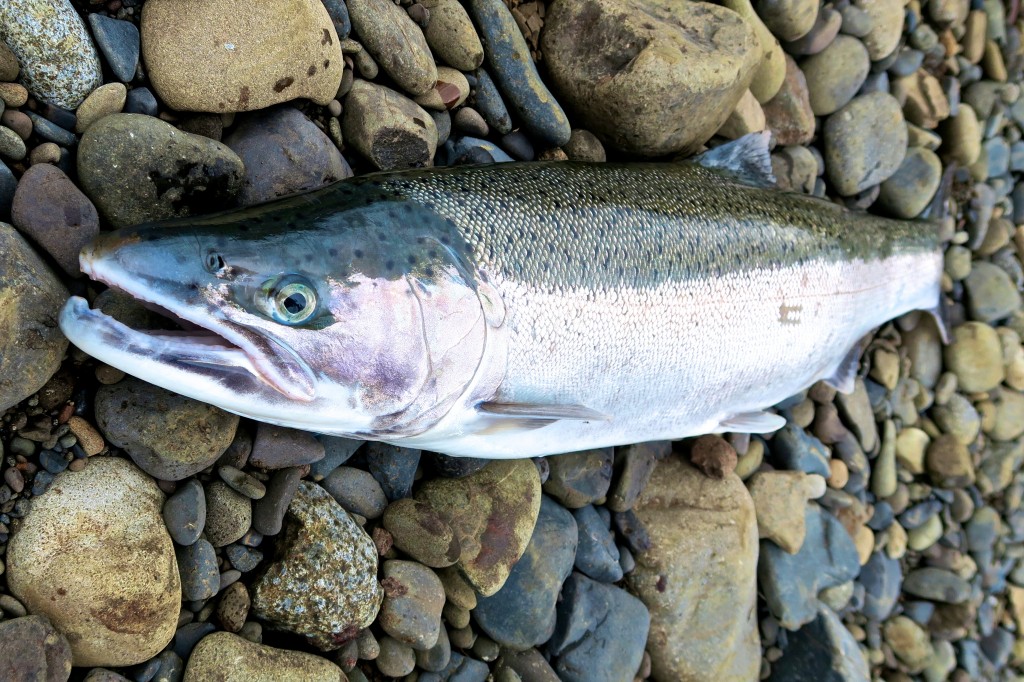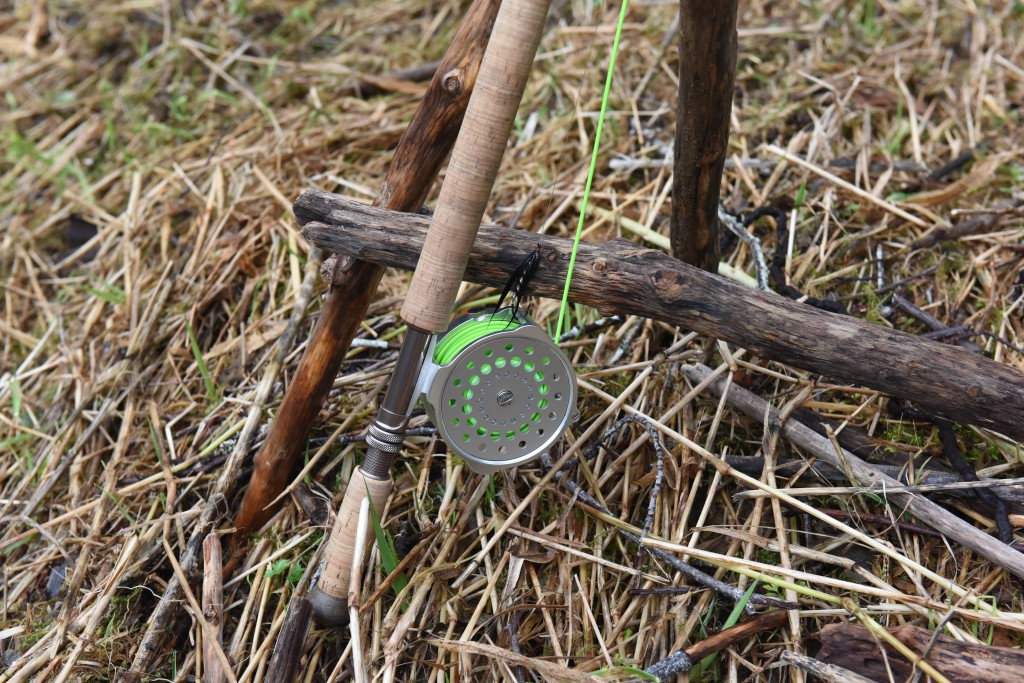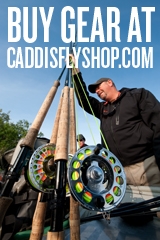I’ve had the good fortune—finally—to get out and swing flies the last two days. The hatchery steelhead in the photo here is NOT one that I caught. This fine fish was laying on a gravel bar where another angler had stashed his backpack, lunch, thermos, and assorted tackle. I took this photo as a facsimile of two steelhead that were released by my friends over the last two days.

Joe unleashed with his Echo 3 Switch rod.
Two of us fished about two hours the first day and four of us fished five hours the second day. One wild buck came to hand for release on day one and one hatchery fish almost came to hand the second day. These two fish represented two grabs, no more. Oh yes, there were a few cutthroat in the mix both days. We had a great time, fished perfect water high in a coastal river, and found a few players. I think the catch-per-angler ratio was a little higher for folks fishing conventional gear lower in the river, based on rumors I’ve heard. A few of the fly anglers I’ve spoken with are beaming with big grins and hinting that there are good numbers of winters around anytime the water conditions permit fishing.
The wind howled all night and there was rain too, but not as much as we’ve seen recently. I just checked the river level (7 AM January 8th) and the rivers on the north coast are on the raise. I might get out and swing flies for at least a few hours this morning—but I’m weighing the fact that every bone in my back, knees, hips and shoulders aches. Maybe I’ll give it a rest and get back to it in a few days. This current river raise is not predicted to be very large and I should be well recuperated and ready to fish next week.
How to find a place to fish when the water is on the raise or higher than optimum? Here are my basic strategies.
1. Go high in the system. The farther you venture into a watershed the smaller the catchment basin is and the less water you’ll find. At this time of the season it could mean fewer steelhead also, but at least you will be fishing.
2. Fish tributaries. Check the regulations first, but tributaries will be fishable sooner than the main stem of large river basins.
3. Fish the smallest rivers. Smaller basin means less water and more likely to be in shape. Small rivers mean shorter rods down-sizing lines and tips, but these places can provide a refuge for the angler with cabin fever.
4. Go north or south. The rain often hits the Oregon coast in odd patterns and there are ties when the north coast will be un-fishable, but the central and south coast rivers will be in perfect condition. The angler who is prepared to drive the coast will have more opportunities than a person like me who waits until the water is perfect in a close radius on the north coast.
Have fun and wade safe—my big accomplishment of the last two days was to make it up and down the riverbank without falling down or falling in. Life’s small joys these days.
Just got this photo of the steelhead Guy released and have updated the post. Thanks Guy.
Best to you all.
Jay Nicholas January 28, 2015










